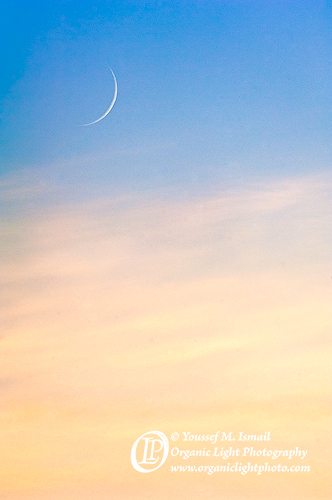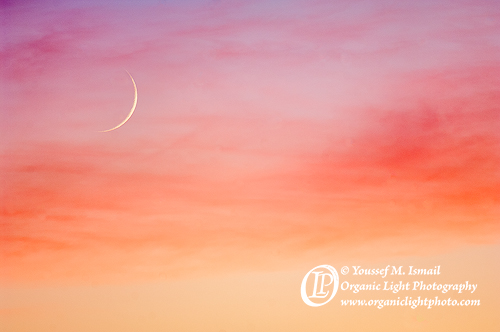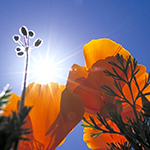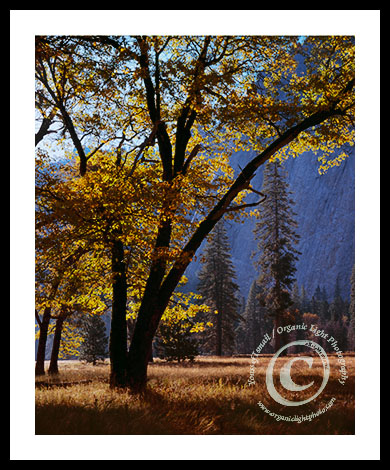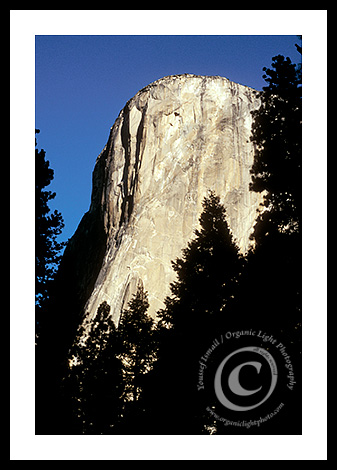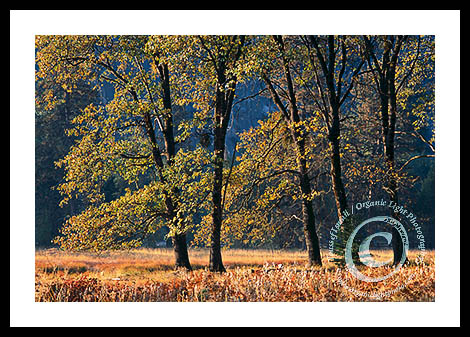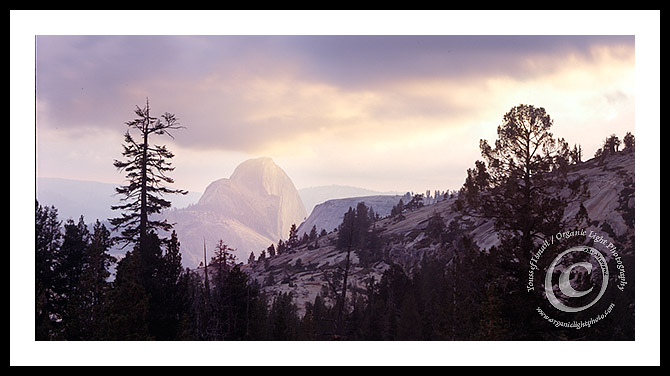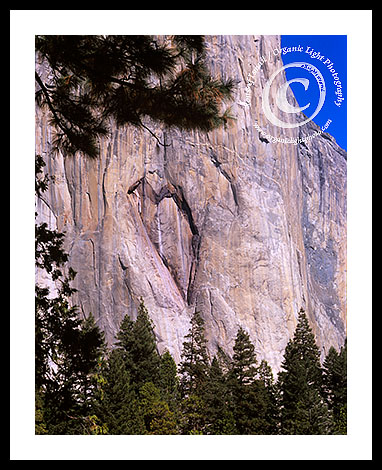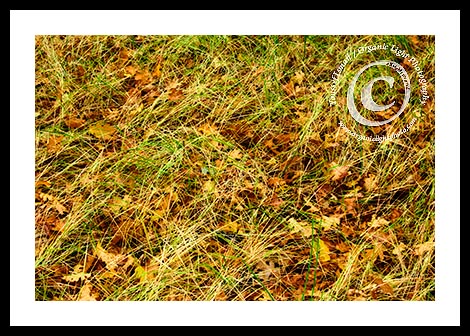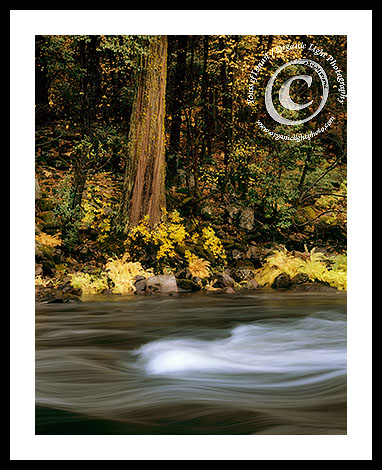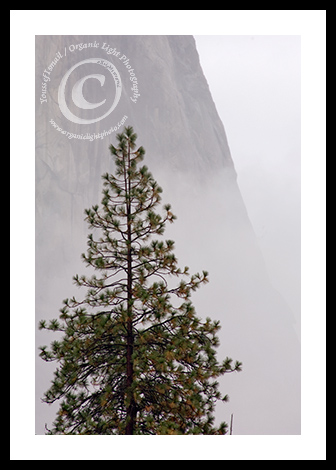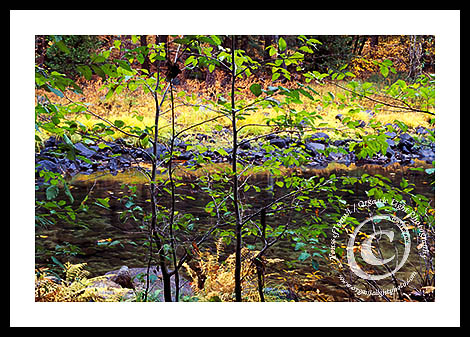This Beginning is Real
So yesterday afternoon I ventured out as I do every month to sight the new crescent. I lead a group of students from Zaytuna College up to the Lawrence Hall of Science on the U.C. Berkeley Campus with the hopes of leading a lesson on moon sighting and to sight the moon. Unfortunately fog blew in off the bay and washed over the observation deck at the hall of science. Texts had started to arrive from one group that I normally lead in the Santa Cruz mountains that they did not see the moon. Likewise world wide. However, before we even drove down the hill the confusion erupted. Multiple sightings from California, and even in the Bay Area, were being reported and accepted to commence Eid Al-Fitr. Well, you can read about some of what transpired last night in my previous post.
I went out this afternoon with my intrepid photo assistants and with a few more stalwarts who were not convinced by last nights claims. I decided to take a series of photos from the onset of sunset until the moon was sighted. I have included three of the over 45 photos I made in the span of about 30 minutes while we were out there watching the moon progress towards the horizon.
The moon this evening was 47 hours and 14 minutes old. Well beyond the necessary 18 hours. It had a lag time of 58 minutes. A true first day crescent moon can be in the sky for up to 90 minutes past sunset and it is still considered a first day moon. The elongation was 24.2°, double what is needed for an easy to sight moon. The percent illumination was 4.4%, four times that needed for an easy to sight moon. And finally the altitude above the horizon was 10.25°, again double what is needed for a easy to sight moon.
One very neat way of taking measurements of the moon in the sky is to use your hands to make the measurements of objects in the sky, like stars, planets and the moon. This small graphic should help.
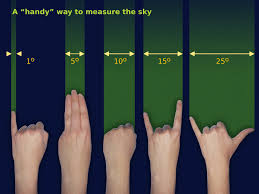
Measuring Distances In The Sky
Using these hand guides, the moon should have appeared about a hand span (or a fist span as shown) up from the horizon at the time of sunset. With 58 minutes of lag, the moon should reach its highest contrast at about 26 minutes after sunset. And sure enough, the moon sat on top of our fist when the bottom of the fist was placed on the horizon line when we first saw it.
So here is a portion of the series of photos I made earlier this evening.
1. Just after the sun set.
2. Some time after sunset and after the moon entered the clouds.
3. The Shawwal crescent then emerged from the clouds with about 30 minutes left before setting, and was joined by both Venus and Jupiter. Forming a pseudo smiling face in the sky ushering in an Eid Sa’eed (Happy Eid)!
This is what a new moon looks like. If you did not see this yesterday then you did not see the new crescent moon. It did not flop over, nor did it flatten out. It did not suddenly get shiny, nor did it rise up in the sky. The new moon emerges slowly. Dim at first and then slowly becomes more pronounced as the evening wanes. It maintains its orientation and only changes its orientation over the seasons. And as the night comes in, the new moon sinks towards the horizon, following the one thing that helps it shine, the sun. Yes the new moon sets in the west, just like the sun.
The seeking out of the new crescent moon is a rewarding activity. Standing out there looking at that small sliver of light is medicine for the soul. Its a reconnection with the Creator of all things and it teaches us patience.
I wish everyone a Happy Eid Al-Fitr and Peace!
